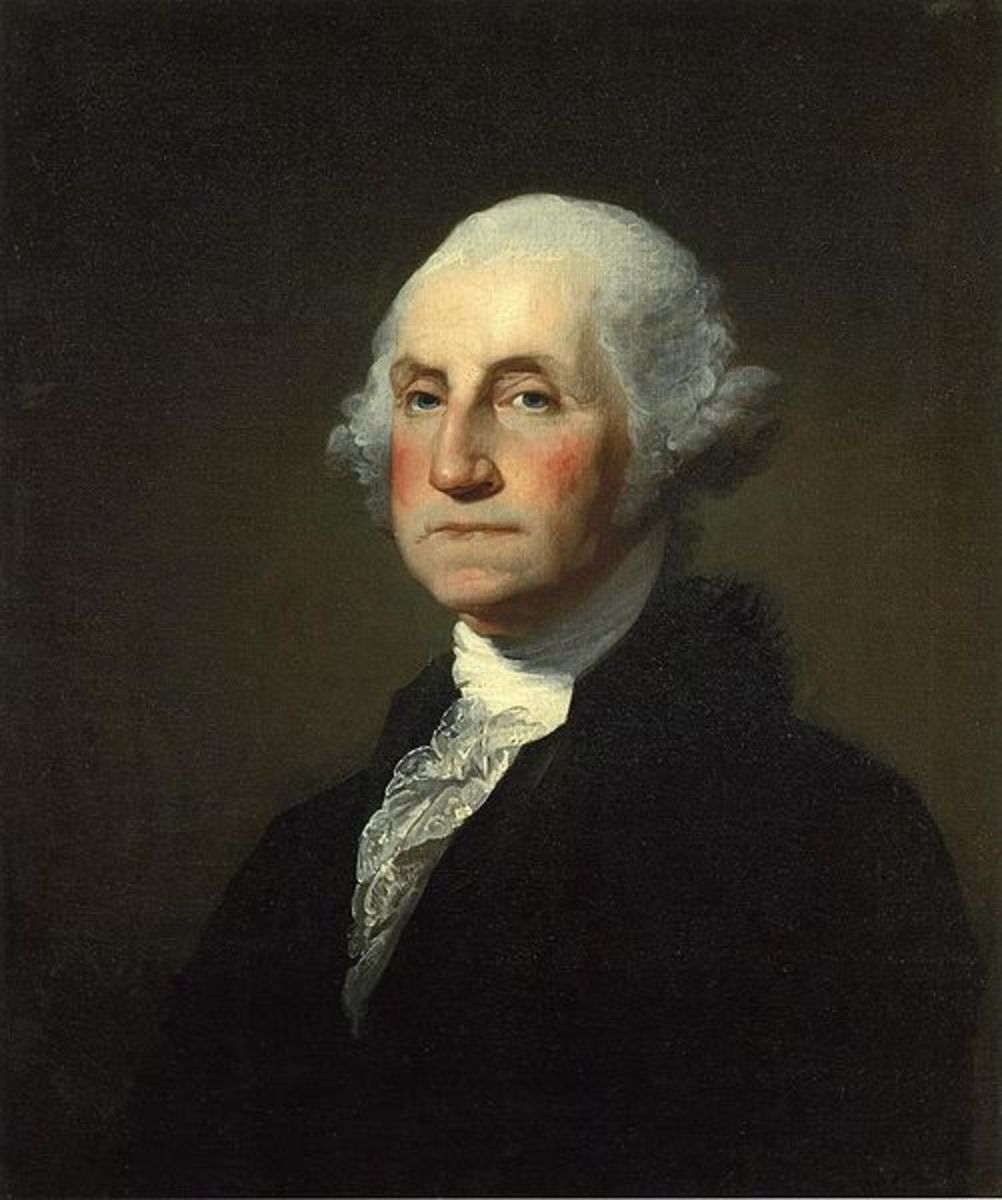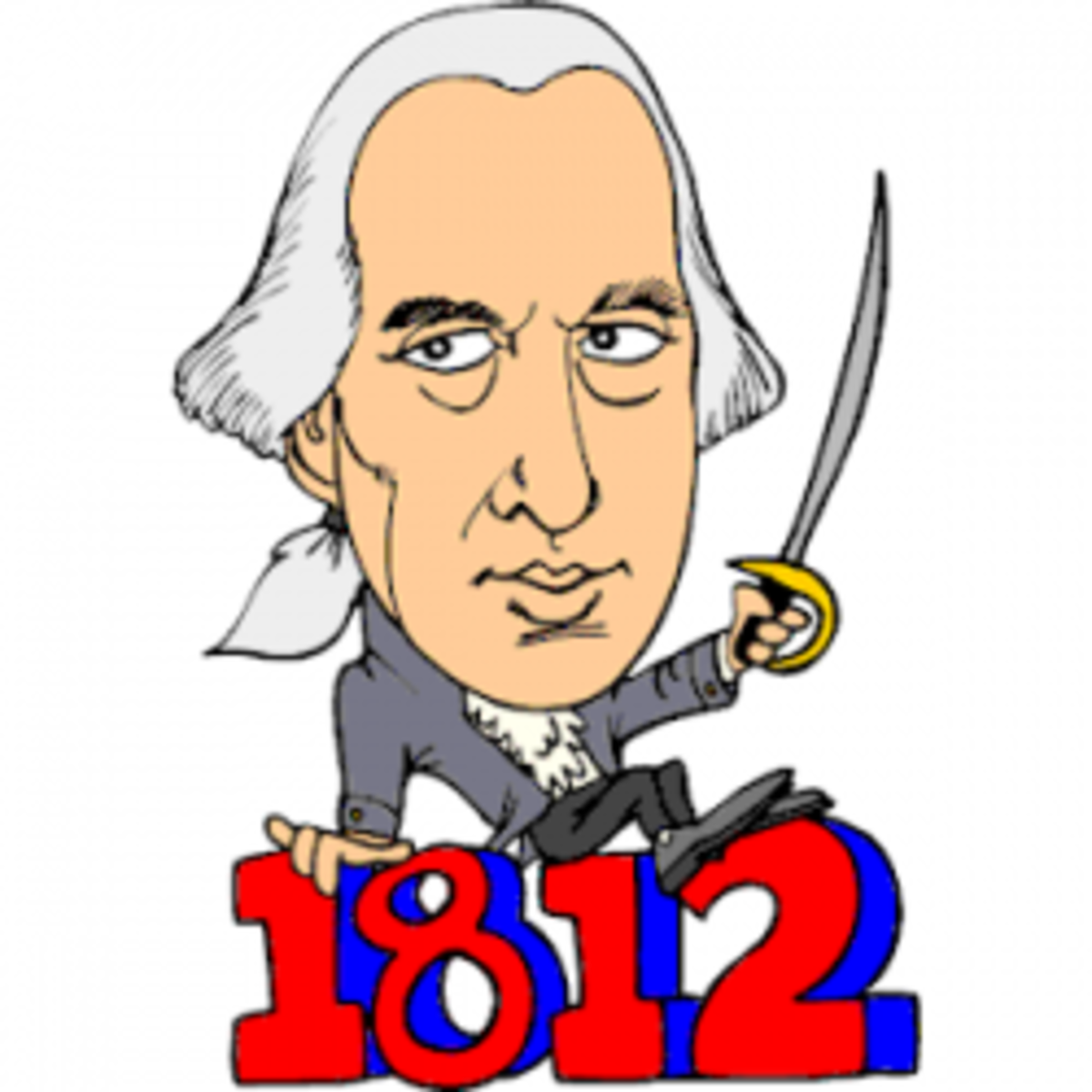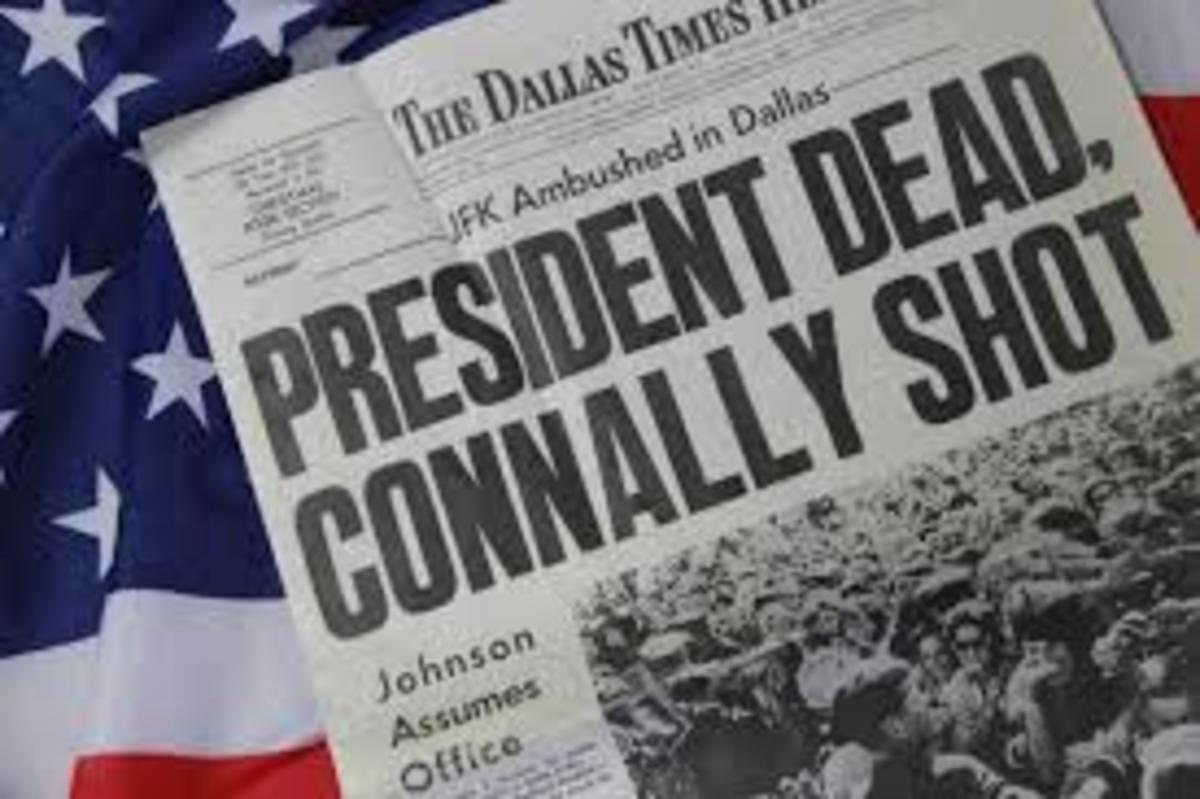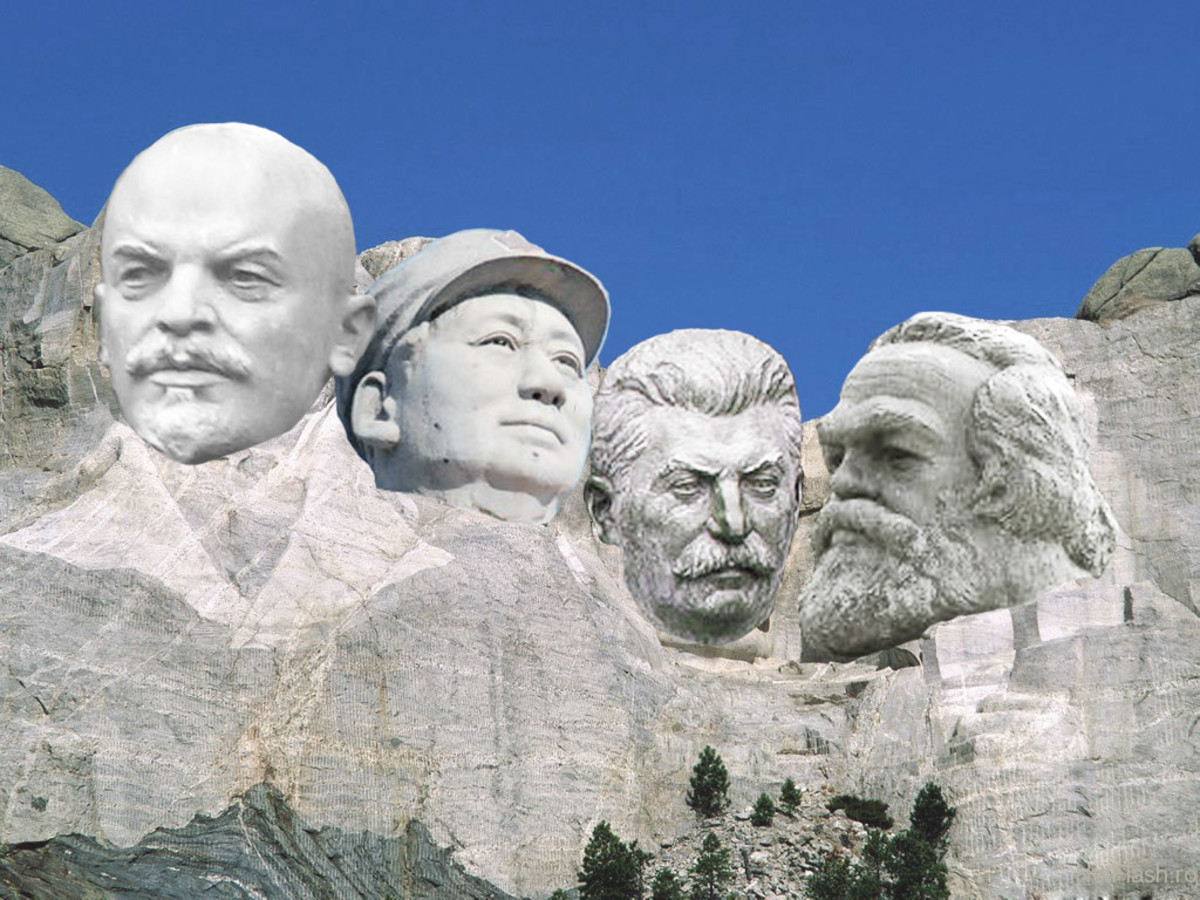U.S. Presidents on the Battlefield
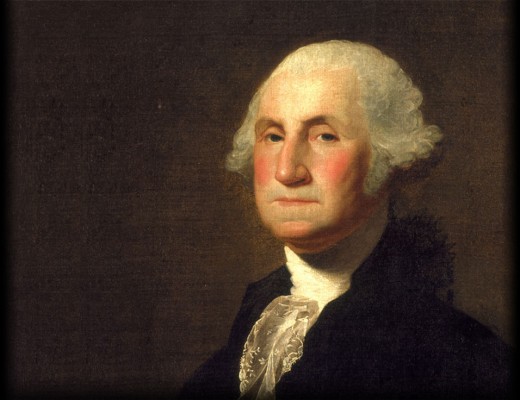
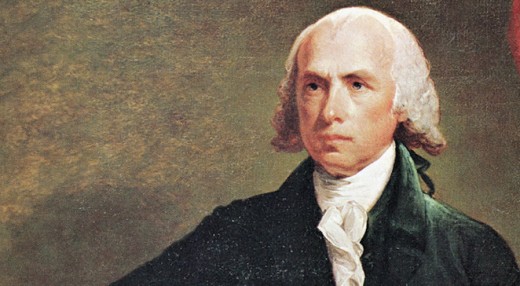
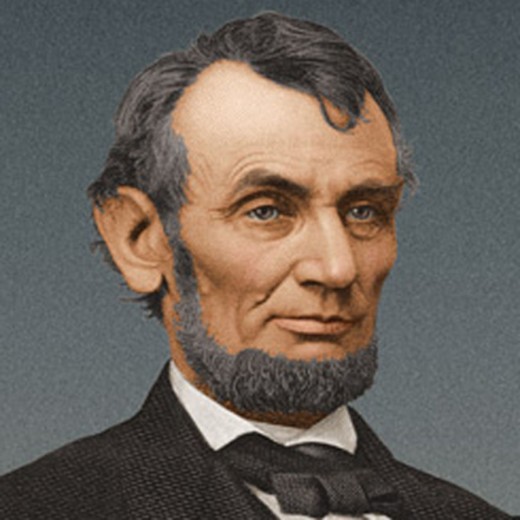
Throughout most of American history, the President, as Commander-in-Chief, has directed American combat operations from afar. However, the following three examples were occasions when the President was on the field observing and commanding in a hostile situation. The results ranged from success to disaster.
George Washington
On August 7, 1794, after months of unrest from the settlers of western Pennsylvania protesting the whiskey tax, President Washington issued a proclamation calling up the militia from several states and warned the insurgents to disperse. On September 25, with the unrest continuing, Washington gave one final warning to the whiskey rebels. Believing this was a crucial test for the new federal government, Washington traveled to Carlisle, PA, where the Pennsylvania and New Jersey militias were encamped, to organize and lead the army.
Just the presence of the great Revolutionary War hero on the eastern edge of the western insurgency seemed to have a powerful effect. Captain Ford of the New Jersey militia reported that the soldiers were awed into "the greatest silence." Even the people of Carlisle were hushed into silence upon his appearance. At Bedford, PA, despite a bad back, Washington rode in magnificent style, winning the palpable esteem of his men, according to biographer Ron Chernow.
In addition to supplying an awe-inspiring presence, Washington also took pains to install army discipline. He ordered the militia commanders to have more control over their men. The goal of the expedition was to establish law and order and it would be improper to inflict unnecessary harm on western Pennsylvanians, Washington warned. Rebel representative William Findlay noticed that the federal soldiers seemed determined to murder westerners, but were restrained by the toughness of Washington.
James Madison
The whiskey rebels were eventually cowed, but unfortunately for President James Madison during the War of 1812, the British were not. On August 19, 1814, the British landed troops at Benedict, MD, 35 miles southeast of Washington DC. There was confusion on where the British would attack. Secretary of War John Armstrong was certain they would go to Baltimore, a major shipping center. If the British were heading to Washington, General William H. Winder thought they would strike from the south, while others thought they would attack from the northeast at Bladensburg.
At midnight on the 24th, Madison received word that the British were indeed heading to Washington. Later that morning, the British eyed the bridge at Bladensburg, which Madison nearly blundered onto minutes before the attack. The disconnect between Armstrong and Winder led Madison himself to order gunners from the navy yard and Secretary of State James Monroe to move troops without authorization. Observing from a hill as the battle began, Madison told Monroe and Armstrong that "it would be proper" to leave military matters to the military. Before departing, Madison sent a messenger ahead to notify his wife Dolly to evacuate the White House.
The Madisons' alertness saved state papers and a portrait of George Washington from the British torch that evening. Despite the 63 year-old Madison's exertions, including riding a twenty-mile circuit in sweltering weather, historian Richard Brookhiser says the burning of Washington was Madison's fault. "It was his responsibility to spot incompetence and be rid of it, or misdirection and correct it, and he had done neither."
Abraham Lincoln
Forty-eight years later (May 1862), President Lincoln, traveling on the cutter Miami with Secretary of War Edwin Stanton and Secretary of the Treasury Salmon Chase, wished to observe General George McClellan's Virginia Peninsula campaign to capture Richmond. When they entered Hampton Roads, Lincoln was surprised that McClellan had not attempted to capture Norfolk and its valuable navy yard. Not trusting McClellan, Lincoln was determined to undertake the operation himself.
However, officers from Fort Monroe (across from Norfolk) believed the shoals at Norfolk would prevent a landing. Plus, Commodore Louis Goldsborough feared that the Norfolk-based Confederate ironclad Merrimac would cut down the transporting troops. Lincoln overruled them and the shelling of Confederate batteries at Norfolk began. The next day, Lincoln, along with Chase and Stanton, reconnoitered the Norfolk coast from the Miami looking for a landing. Lincoln even took a rowboat to shore and walked on the enemy's beach in the bright moonlight.
When the Presidential entourage returned to the fort, they learned that the fort's commander, Major General John Wool, had already selected a landing and was preparing an invasion force. When Union forces arrived at Norfolk, they discovered the Confederates had abandoned the city. Later, the rebels destroyed the Merrimac, fearing the Yankees would capture her. Chase was impressed, "So has ended a brilliant week's campaign of the President, for I think it quite certain that if he had not come down, [Norfolk] would still have been in possession of the enemy and the Merrimac as grim and defiant and as much a terror as ever."
It is not surprising that all three examples involved conflicts on American soil. With a localized insurgency, an invasion by a foreign power, or a civil war, each of these Presidents, in their own respective cases, saw it as imperitive to be present amidst hostilities to guide their forces, for good or bad, in a national emergency.



